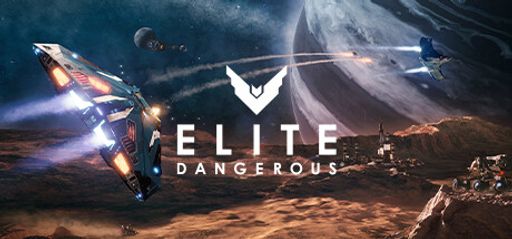I’ll admit it: Elite Dangerous is the sort of game that has me both clutching the edge of my seat and banging my head against the keyboard. This sprawling space sandbox from Frontier Developments promises a galaxy to conquer, yet sometimes feels content to make you stand in the hangar for hours, staring at a blinking console. Here’s my take, in seven neat bites (plus a star rating) for anyone brave enough to jump to hyperspace.
Overall Impressions
What stands out most is scale. Elite Dangerous insists its map is a one-to-one recreation of the real Milky Way, and it isn’t kidding. Stars drift past your cockpit like glimmers of real possibility—and every system feels huge because, well, it is. Yet that vastness is a double-edged sword. Exploring a pulsar will still give you goosebumps, but you’ll spend half your time wondering why you’re dragging a €1 million Anaconda through empty void for another neutron star selfie. Compared to No Man’s Sky’s hand-holding tour or Star Citizen’s still-evolving drama, Elite feels more like a simulator first and a game second. That authenticity is thrilling—until it isn’t.
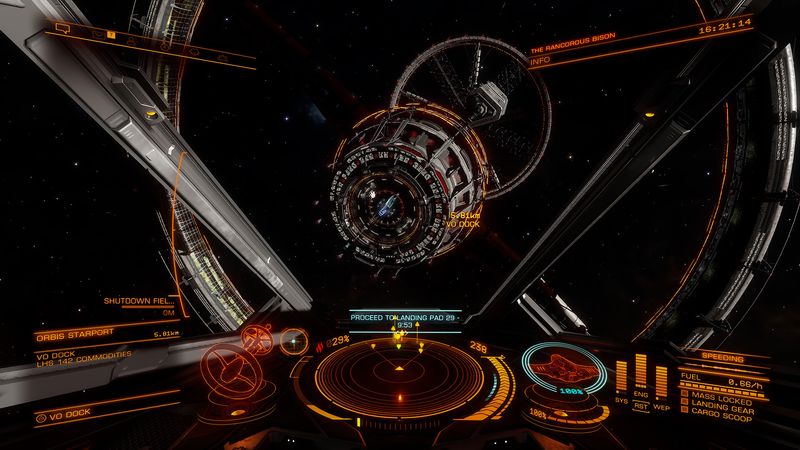
Gameplay Mechanics
Let’s talk controls: Frontier fitted this cockpit with more buttons than a 747, and the tutorial treats three of them. You’ll need an external guide—trust me, I Googled more Elite tips than I care to admit—to learn how to refine your lasers or balance your FSD charge. Once you master the keybinds, flying feels satisfying: thrusters hiss, systems come alive, and dogfights carry weight. Engineering your modules promises depth, but in practice it’s just a longer route to the same grind you knew at hour one. Whether you’re trading, mining, or bounty-hunting, the loop stays the same: click menus, hop in, click menus again. It’s reliable, and occasionally exhilarating, but ultimately the surface-level systems frustrate more than they fascinate.
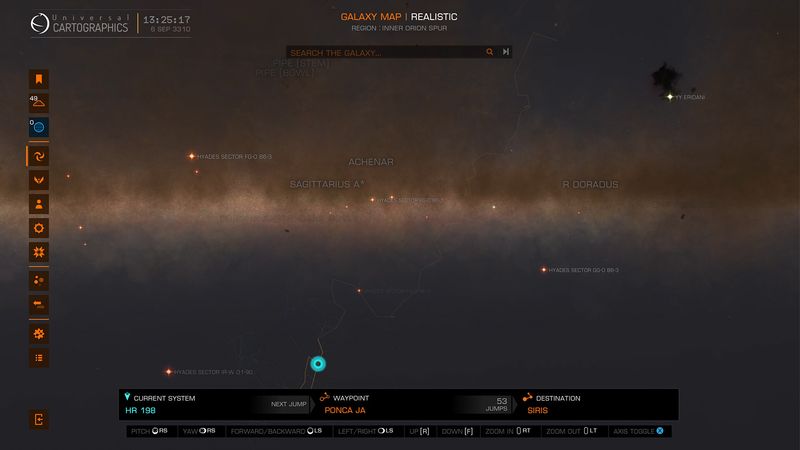
Story and Characters
If you expect a tight narrative or memorable NPCs, prepare for disappointment. Elite Dangerous is built on player stories: the time you narrowly escaped a pirate ambush or became a billionaire explorer. The galaxy’s factions—the Empire, the Federation, the Alliance—offer a veneer of politics, but you’ll meet very few named characters along the way. World-building is handled by community goals and galaxy-wide events (Thargoid invasions are a particular highlight), but without a central storyteller, the “plot” is whatever you choose. That’s wonderful… until you remember you’re supposed to be piloting a ship, not writing a novel in hyperspace.
Visuals and Graphics
Here, Elite truly shines. Ships gleam under distant suns, nebulas swirl in painterly strokes, and the cockpit HUD is sharp enough to slice time. Frontier’s engine delivers some of the best starfields in gaming. On Ultra settings, I caught myself just drifting, watching light bend around a neutron star. The downside? Stations and cityscapes still look a bit repetitive, and landing pads blur together after the twentieth visit. But when you slip into open space, the void looks gorgeous and alive.
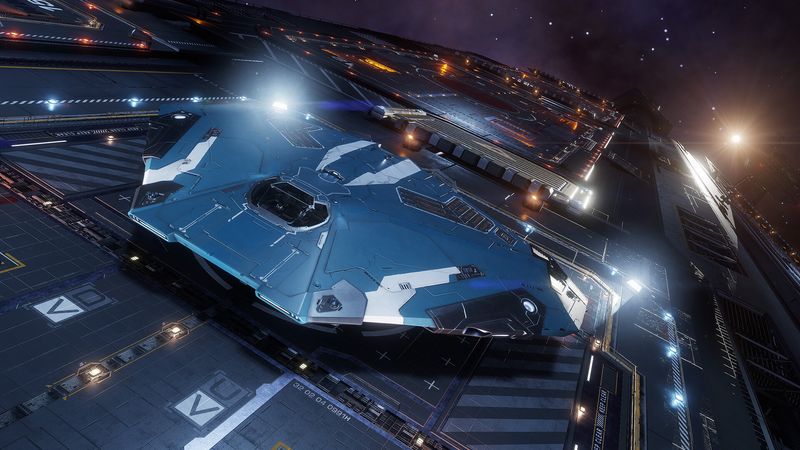
Sound and Music
The soundtrack crawls under your skin in the best way. Minimalist ambient tracks vanish when sirens wail or lasers scream. Ship computers announce incoming fire with the perfect amount of clinical dread. There’s no overblown symphony—just the hum of your frame shift drive, the crackle of the comms channel, and occasional voice-over from Cantina merchants that reminds you this universe has life beyond your own cockpit. It’s subtle, and that’s exactly the charm.
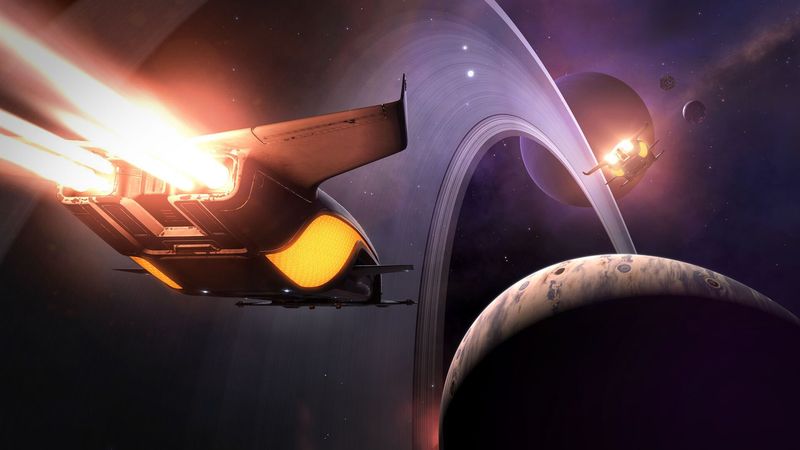
Difficulty and Replayability
Elite Dangerous is hard to get into and sometimes harder to love. The learning curve rivals any tough sim, and the grind—especially engineering—tests patience. Player consensus runs: you’ll give it a thumbs up at five hours, a thumbs down at forty. Yet beyond that point, you unlock a different kind of fun: elusive exploration goals, community events, or simply the joy of mastering a ship that once felt like a lead weight. If you’re looking for a quick thrill, you won’t find it here. If you crave a hobby disguised as a game, this could be your next obsession.
Behind the Scenes Trivia
Frontier’s London studio still supports Elite six years after launch, rolling out big expansions like Horizons (planetary landings) and Odyssey (on-foot exploration). They maintain a “live universe” with weekly patches and regular in-game festivals. The developer diaries reveal an almost obsessive focus on scientific accuracy—hence the real Milky Way map—and occasional teases of alien life that keep vets scanning the galaxy’s edge.
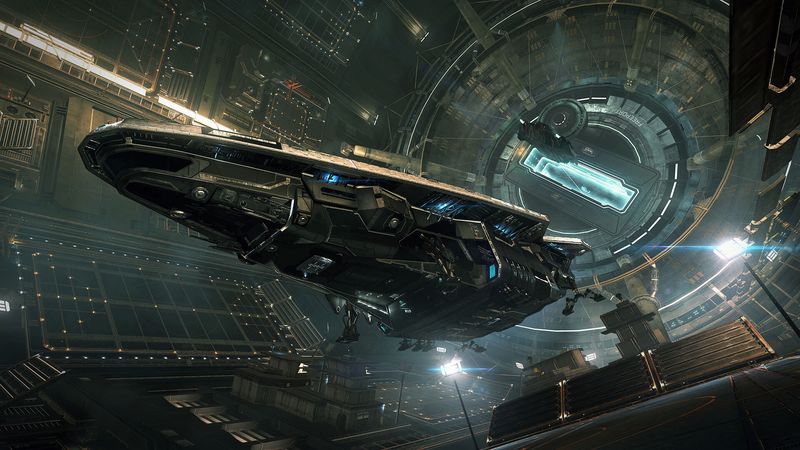
Final Thoughts
Elite Dangerous is a master class in “huge but hollow.” When it works, it delivers unmatched scale and immersion. When it fails, you’re Googling docking codes in the middle of a pirate raid. It’s a game that respects your intelligence and punishes your impatience. I’ve fallen in love with its vast emptiness—and also want to throttle it for making me pay fines because a drone bumped my landing gear.
Rating: 3.5 out of 5 stars
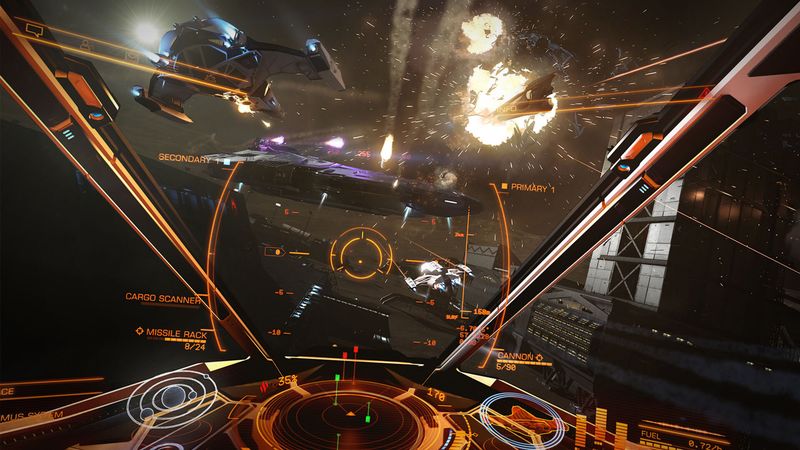
For space-sim purists who don’t mind a steep climb, it’s essential. For everyone else, keep your Sid Meier’s and your Mass Effects handy. Elite Dangerous can carry you to the stars—just be ready for turbulence.

